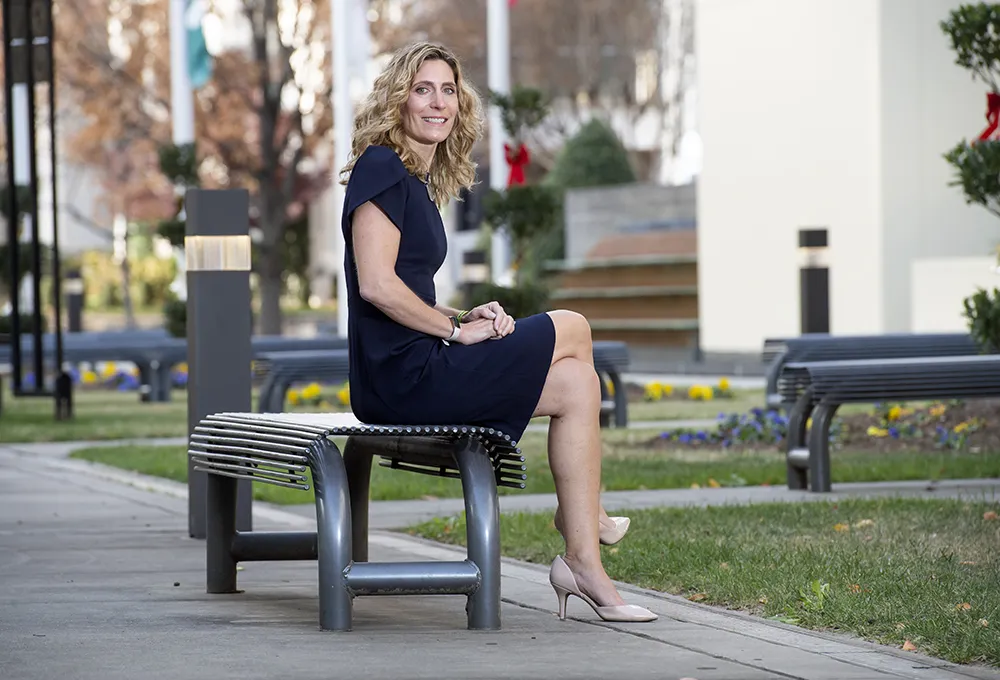US Transportation Secretary Anthony Foxx has announced US$4.38 million in grants from the Federal Highway Administration’s Accelerated Innovation Deployment (AID) demonstration program to Kansas, Minnesota, North Carolina, South Carolina, Vermont and Virginia. The grants will be used to fund innovative road and bridge work that will lead to better, safer road infrastructure efforts nationwide.
“Innovation in our transportation infrastructure will change the way America moves,” said Secretary Foxx. “These
April 1, 2015
Read time: 2 mins
US Transportation Secretary Anthony Foxx has announced US$4.38 million in grants from the 831 Federal Highway Administration’s Accelerated Innovation Deployment (AID) demonstration program to Kansas, Minnesota, North Carolina, South Carolina, Vermont and Virginia. The grants will be used to fund innovative road and bridge work that will lead to better, safer road infrastructure efforts nationwide.
“Innovation in our transportation infrastructure will change the way America moves,” said Secretary Foxx. “These grants encourage communities to use new technology and new ways to envision solutions to our transportation problems.”
“The states receiving these grants are building better bridges and safer roads that can cut congestion today and ensure more up-to-date infrastructure tomorrow,” said Federal Highway Deputy Administrator Gregory Nadeau. “Our job is to continue getting states the funding they need to deliver innovation in every project, every day.”
Since its launch in February 2014, the AID demonstration program has provided more than US$20 million to help federal, state, local and tribal government agencies speed up their use of innovations for 29 projects.
The program, which will ultimately invest U|s$30 million provided under the Moving Ahead for Progress in the 21st Century Act, builds on the success of FHWA’s ongoing Every Day Counts (EDC) initiative, a partnership formed by FHWA and states to accelerate the use of innovations and reduce project delivery times.
“Innovation in our transportation infrastructure will change the way America moves,” said Secretary Foxx. “These grants encourage communities to use new technology and new ways to envision solutions to our transportation problems.”
“The states receiving these grants are building better bridges and safer roads that can cut congestion today and ensure more up-to-date infrastructure tomorrow,” said Federal Highway Deputy Administrator Gregory Nadeau. “Our job is to continue getting states the funding they need to deliver innovation in every project, every day.”
Since its launch in February 2014, the AID demonstration program has provided more than US$20 million to help federal, state, local and tribal government agencies speed up their use of innovations for 29 projects.
The program, which will ultimately invest U|s$30 million provided under the Moving Ahead for Progress in the 21st Century Act, builds on the success of FHWA’s ongoing Every Day Counts (EDC) initiative, a partnership formed by FHWA and states to accelerate the use of innovations and reduce project delivery times.








